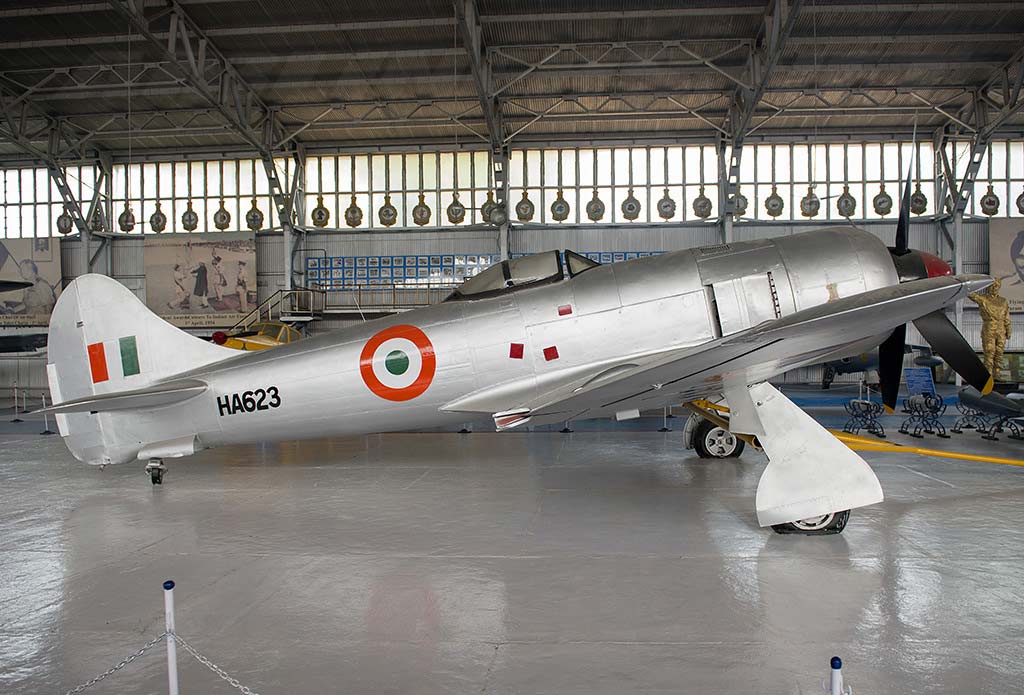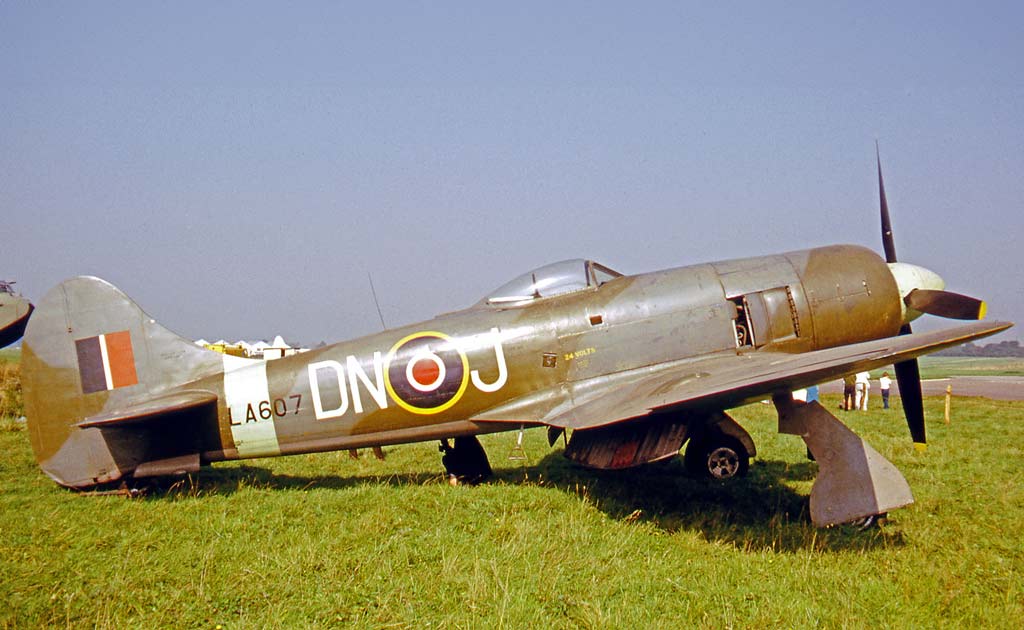The Hawker Tempest, a high-performance British fighter-bomber of WWII, excelled in low-altitude speed and ground attack.
This article offers a comprehensive examination of the Hawker Tempest, a prominent British fighter-bomber of World War II. It covers the aircraft’s development, design, performance, and combat role. Born from the need for a superior low-altitude fighter, the Tempest was developed as an advancement over its predecessor, the Typhoon. Its design incorporated significant aerodynamic and structural improvements, resulting in an aircraft that excelled in speed, agility, and firepower. In combat, the Tempest proved highly effective, engaging in various operations and demonstrating superiority over many contemporary aircraft. It played a crucial role in ground-attack missions and air superiority, later transitioning to post-war roles until it was replaced by more advanced jet fighters.
The Hawker Tempest stands as a testament to the rapid advancements in aviation technology during World War II. As a fighter-bomber, it combined exceptional performance with formidable firepower, playing a significant role in the Allies’ air campaign.

History of the Development of the Hawker Tempest:
In the early 1940s, as World War II raged, the Royal Air Force (RAF) recognized the need for a versatile, high-performance fighter. The Hawker Tempest was developed by Hawker Aircraft Ltd, led by chief designer Sydney Camm. The project aimed to address the shortcomings of its predecessor, the Hawker Typhoon, particularly in terms of high-altitude performance and structural weaknesses.
The development of the Tempest was a strategic response to the evolving aerial warfare landscape, where speed, agility, and firepower were paramount. The aircraft first flew in September 1942, marking a significant leap in fighter technology.
Design of the Hawker Tempest:
The Hawker Tempest featured a revolutionary design for its time. It was 33 feet 8 inches (10.26 meters) long with a wingspan of 41 feet (12.5 meters). One of its most notable design elements was the thin laminar-flow wing, which significantly reduced drag and enhanced speed and maneuverability.
Equipped with the powerful Napier Sabre engine, the Tempest boasted a high power-to-weight ratio, contributing to its impressive performance metrics. The aircraft was armed with four 20mm Hispano cannons, providing formidable firepower.
Despite its advantages, the Tempest faced some design challenges. The Napier Sabre engine, while powerful, required extensive maintenance. Moreover, the aircraft’s size and weight limited its high-altitude performance compared to lighter fighters.
Performance of the Hawker Tempest:
The Tempest’s Napier Sabre engine, a 24-cylinder H-block engine, delivered around 2,200 horsepower. This enabled the aircraft to achieve a top speed of approximately 435 mph (700 km/h) at 17,000 feet (5,200 meters), with a service ceiling of around 36,500 feet (11,125 meters) and a range of 820 miles (1,320 kilometers).
In performance comparisons, the Tempest was one of the fastest piston-engined fighters at low altitudes, outpacing many contemporaries like the Focke-Wulf Fw 190. However, it was less effective at higher altitudes, where lighter, more nimble aircraft could outmaneuver it.

Military Use and Combat of the Hawker Tempest:
The Tempest was heavily armed for its combat role, primarily using its four 20mm cannons. It was also capable of carrying bombs and rockets, making it versatile in both air-to-air and ground-attack roles.
In combat, the Tempest was deployed in various operations, including the Normandy landings and the defense of the UK against V-1 flying bombs. It excelled in ground-attack missions, contributing significantly to the Allies’ air superiority.
The Tempest faced competition from advanced German fighters but generally held its own due to its superior low-altitude speed and firepower. It was not widely exported, with most of its service confined to the RAF.
Post-WWII, the Tempest continued to serve in various roles but was eventually replaced by jet fighters like the Gloster Meteor and the Hawker Hunter.
The Hawker Tempest remains a significant figure in the history of military aviation. Its development underscored the critical need for high-performance, multi-role fighters during World War II. In combat, its combination of speed, power, and versatility made it a formidable adversary and a valuable asset in achieving air superiority. The Tempest’s legacy is marked by its role in shaping the development of post-war fighter aircraft, bridging the gap between piston-engine fighters and the jet age.
Back to the Warbirds section.